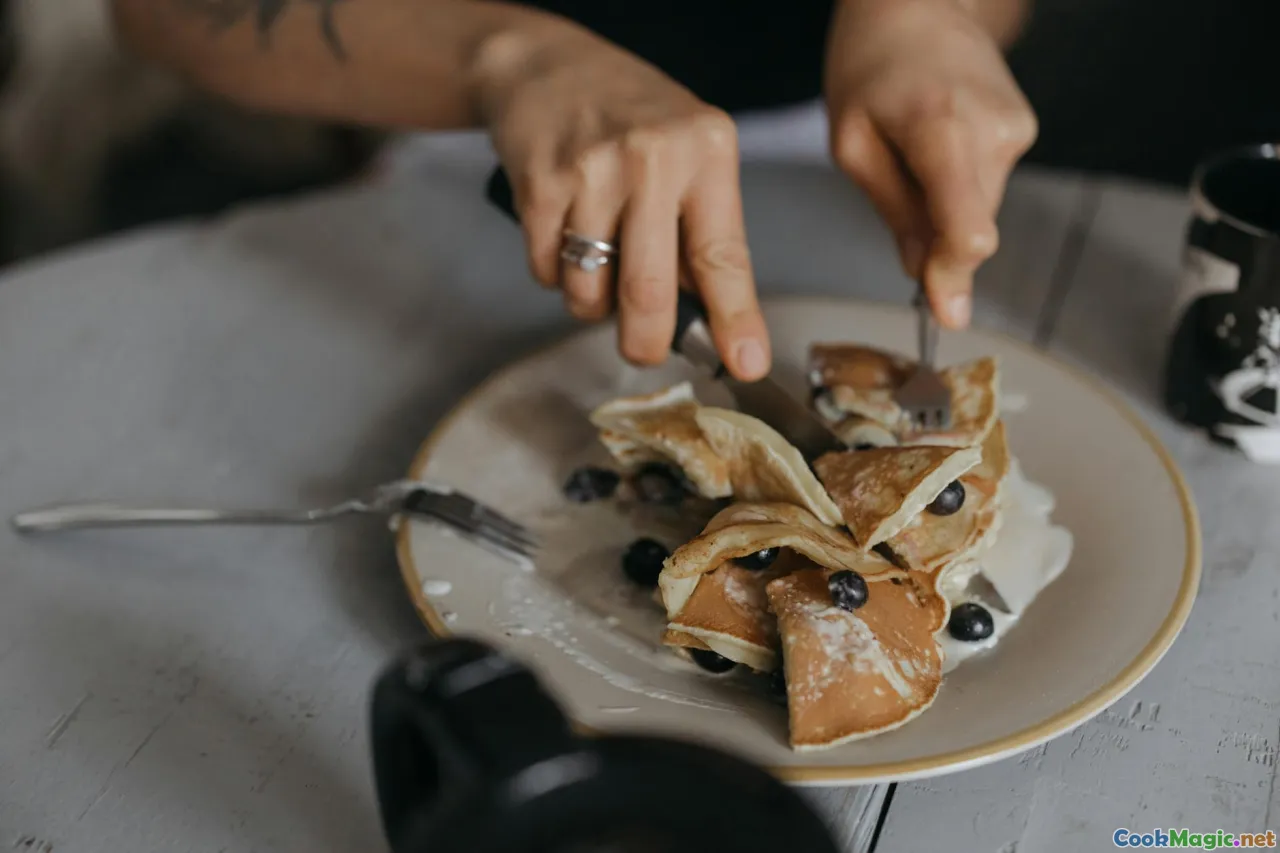Understanding Coconut Cream in Samoan Dishes
8 min read Explore the rich cultural and culinary significance of coconut cream in Samoan dishes, from traditional recipes to sensory experiences. May 04, 2025 15:00
Understanding Coconut Cream in Samoan Dishes
Imagine the warm, humid breeze sweeping over the lush landscapes of Samoa, where the scent of ripe coconuts mingles with salt air and the aroma of freshly grilled seafood. It’s in this vibrant tapestry of nature and tradition that coconut cream holds a central place—not just as an ingredient, but as a symbol of the islands’ culinary soul. For anyone venturing into Samoan cuisine, understanding the role of coconut cream unlocks a deeper appreciation of the island’s flavors, history, and cultural identity.
The Heart of Samoa’s Culinary Identity: Coconut
Coconuts are more than just a tropical fruit in Samoa; they are a cornerstone of life, sustenance, and tradition. Growing abundantly across the islands, coconut palms are often called the "Tree of Life"—a testament to their multifaceted uses. From the durable husks used in crafting to the nourishing flesh and liquid inside, every part of the coconut contributes to the islanders’ way of living.
In the culinary realm, coconut flesh is processed into various products—most notably, coconut cream. This rich, velvety substance is the essence of many traditional dishes, imbuing them with a distinctive tropical sweetness and creamy texture.
What Is Coconut Cream?
Coconut cream is a thick, luscious dairy-free product derived from grated mature coconut meat. Unlike coconut milk, which is thinner and often used as a beverage or base for curries, coconut cream boasts a higher fat content—typically around 20-25%—making it ideal for creating rich sauces, desserts, and stews.
The process of making coconut cream involves extracting the thick, pure cream that floats to the top when grated coconut flesh is soaked and pressed. In traditional settings, this is done manually with a mortar and pestle or by kneading the grated coconut in a cloth. Modern methods utilize mechanical presses and commercial production, but the essence remains rooted in age-old practices.
Cultural Significance in Samoan Cuisine
In Samoa, coconut cream is more than an ingredient; it’s woven into the cultural fabric. It appears in celebratory feasts, daily meals, and traditional ceremonies. For example, 'Oka'(raw fish marinated in coconut cream and lime),'Faiai'(a coconut-based dessert), and**'Palusami'** (taro leaves filled with coconut cream and onion) all showcase the versatility of this ingredient.
Coconut cream’s role extends beyond flavor—it embodies community, hospitality, and the connection to nature. When preparing a feast, the act of opening a fresh coconut, extracting its cream, and cooking with it is often a communal activity, symbolizing sharing and togetherness.
Culinary Techniques and Usage
Extracting Coconut Cream
Traditionally, mature coconuts are husked and grated manually. The grated coconut is then soaked in warm water, kneaded, and pressed through a cloth to extract the coconut milk. The thick cream rises to the surface, which is skimmed off carefully. In modern kitchens, canned or bottled coconut cream is readily available, but many chefs and home cooks prefer fresh for its superior flavor.
Incorporating Coconut Cream in Dishes
Coconut cream lends a luxurious texture and subtle sweetness to dishes. It’s used in:
- Stews and Curries:It balances the savory spices in dishes like'Luau' (pork cooked in coconut milk) and other meat-based stews.
- Seafood Dishes: Raw fish marinated in coconut cream, lime, and chili—'Oka'—is a staple, highlighting the refreshing and cooling qualities of coconut.
- Desserts: From creamy puddings to tropical cakes, coconut cream adds richness and depth.
- Vegetable Dishes: Taro, cassava, and breadfruit cooked with coconut cream create hearty, flavorful sides.
Pairing and Presentation
In Samoan culinary tradition, coconut cream is often paired with local staples like taro, breadfruit, or bananas. It’s served in rustic bowls, often garnished with fresh herbs, shredded coconut, or a squeeze of lime. The visual appeal lies in its creamy, white hue contrasted against vibrant tropical fruits and greens.
Personal Reflections and Anecdotes
Having traveled across Samoa and immersed myself in its vibrant food culture, I’ve learned that coconut cream’s true magic lies in its ability to evoke a sense of place. One memory that stands out is attending a village feast where a large communal pot simmered with pork, taro, and generous dollops of coconut cream. The aroma was intoxicating—rich, sweet, and savory all at once.
Sharing that meal with locals, I felt a profound connection: the harmony of ingredients, the shared stories over food, and the respect for tradition. It’s in these moments that coconut cream transcends its role as an ingredient; it becomes a vessel of cultural identity.
Modern Adaptations and Global Influence
Today, coconut cream has found its way into kitchens worldwide, inspiring chefs to incorporate it into fusion recipes. However, in Samoa, the authentic process and traditional dishes remain cherished, ensuring that this ingredient preserves its cultural roots.
For home cooks interested in exploring Samoan cuisine, sourcing fresh coconut cream or making it from scratch offers an authentic experience. It’s a rewarding process that deepens understanding and appreciation for the island’s culinary heritage.
Conclusion: Embracing the Tropical Richness
Understanding coconut cream in Samoan dishes unlocks a world of flavors, stories, and cultural significance. It’s a testament to the resourcefulness of the Samoan people and their deep connection to nature. Whether in a simple 'Oka' or a complex stew, coconut cream enriches each dish with its creamy texture and tropical sweetness.
So next time you open a can of coconut cream, remember the centuries of tradition and community it represents—an enduring symbol of Samoa’s vibrant, life-affirming culinary legacy. Embrace it, experiment with it, and let it transport you to the lush islands of the Pacific, where every meal is a celebration of life, love, and the bounty of the sea and land.









